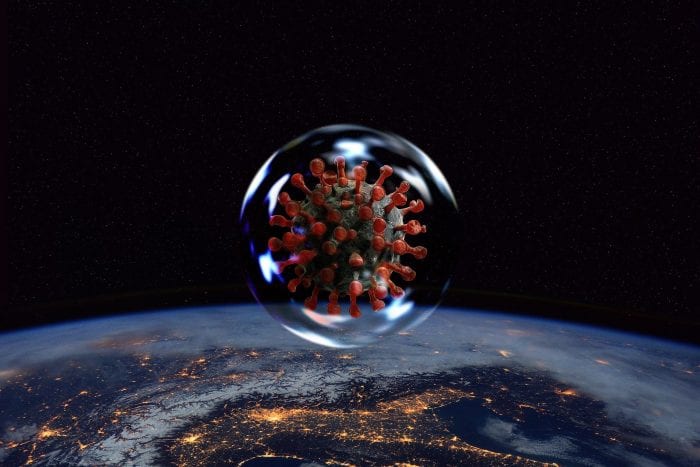Between You and Me: Vaccinated against COVID-19! Now what can and can’t we do?
By Leah S. Dunaief

The second time around, of course, I knew the routine: where to drive, what paperwork to fill out, how quickly the shot would be administered into my designated vaccine arm, my left, then how I would have to wait in case of an immediate reaction. After the allotted 15 minutes, there being none, I left and drove myself home, picking up a sandwich for supper at the deli along the way.
Shortly after I finished eating and got up from the table, however, I started to feel a bit lightheaded. By the time I had cleaned everything up, I was decidedly dizzy. I climbed the stairs to the bedroom, got into pajamas and, book in hand, tucked myself safely into bed. After a couple of hours, when my inoculation site began to hurt, I took two Tylenol and ultimately fell asleep.
The next morning, Sunday, the dizziness had stopped and I was wolfishly hungry. Thinking that was a good sign, I hurried out of bed only to realize that my left upper arm seriously ached, and upon inspection, was red, hot and swollen. It remained that way throughout the day and the next, until it finally dawned on me to apply ice to the area. Almost immediately the swelling was reduced. Otherwise, except for a slight and short-lived headache, the kind one might get when coming down with a cold, I had no further difficulties.
Now that I have had both vaccines, what does that mean?
First, it means that I have to wait 14 days before the full preventive effect of the vaccines take effect. Then, and only then, a curtain will lift and I will be able to walk out into the sunshine. At least, that is how I would like to think of my life changing two weeks from now. But not completely, I have learned. Yes, I will be able to socialize in small groups in homes with others who have also been twice inoculated. That means friends around my age. We will not have to wear masks nor remain socially distanced. Hallelujah!
I will also be able to meet with my unvaccinated family in single family units at a time — son, daughter-in-law and their children — if they have been living together the whole time and are basically healthy. According to CDC guidelines, this can happen in a home and without requiring masks or our standing six feet apart. The very thought of hugging them makes me dizzy again, this time with pleasure.
In public places, however, we should continue with the same precautions of masks, social distancing and frequent hand washing, as well as avoiding poorly ventilated spots. Scientists do not yet understand if we can still carry and inadvertently transmit the virus. Also they don’t know exactly how well or for how long the vaccines protect against the disease. There are, as we know, ongoing multiple mutations by the virus, some of them more contagious and more virulent than the originals, and scientists are not sure how well vaccines will protect against those variants.
Meanwhile, we who are vaccinated need not get tested or quarantine if we are exposed to the virus, unless of course, we come down with symptoms. We are advised not to gather with unvaccinated people from more than one household and should avoid joining medium or larger groups.
Further, we are still advised not to travel long distances and to stay home if possible until more facts are known. This is disappointing, but travel brings exposure to more people and the possible spread of variants. Every time there is more travel, there is a surge of cases, the experts point out. If we go to a gym or restaurant, the risk is lower, but we should still be aware and take the usual precautions, like wearing a mask on the treadmill or while waiting for a meal.
So we are returning to normal life but slowly and with great care.







